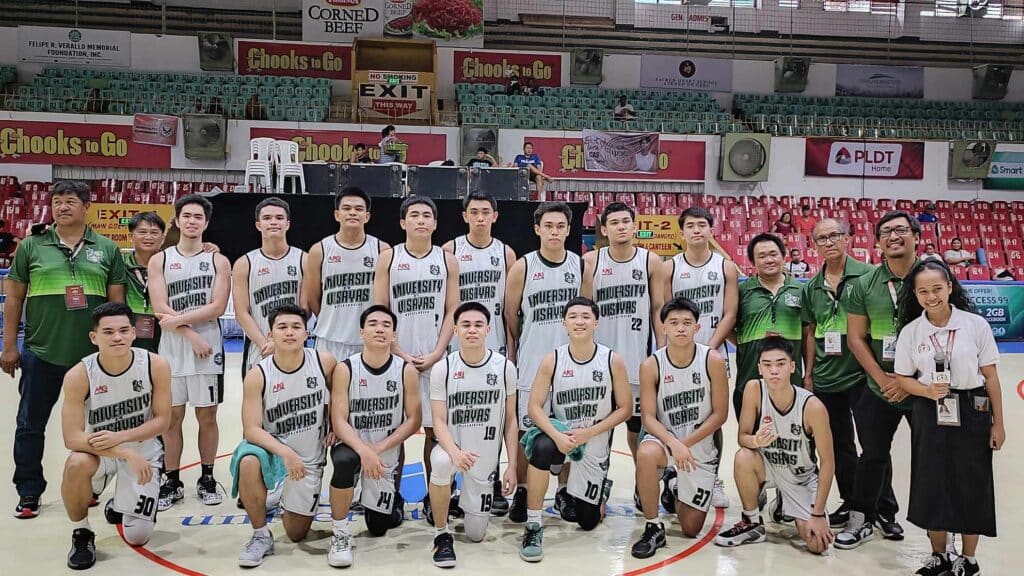
Harry Smith opened the scoring as he was able to reach the ball just before goalkeeper Billy Crellin, which continued his goalscoring form but set-piece goals from Sonny Aljofree and Farrend Rawson put Town behind until a moment of magic from Butterworth. The draw means Ian Holloway’s side are one point clear of the drop, but how did the game play-out from a tactical perspective? How Accrington nullified Swindon’s attacks and build-up play In the first half, it was tough for the Robins to build attacks and play out from the back, but how did the hosts manage to stop Town in these situations? A key aspect was their structure, as they had a high line when Swindon tried to build up from defence, which was comfortable for them to deal with as wing-backs Joel McGregor and Danny Butterworth were quite deep, meaning there were no direct options to run in behind, with the only option to play it long to Harry Smith (if Town were to go direct). The high line allowed them to restrict time on the ball for the visitors, as the midfielders were man-marking Town’s players in that position which made the pass through to a player like Nnamdi Ofoborh or Joel Cotterill risky.
As it was a two-man central midfield for Holloway’s team (Sean McGurk sat higher), it meant that Dara Costelloe was able to join Tyler Walton and Josh Woods and pushed up and pressed the backline, which gave the Swindon defenders limited passing options and it would force them back to Jack Bycroft or make them go long – which didn’t work. The state of play when Swindon played out from the back in the 1st half (Image: Tactical Board Online) How Town broke through the tough structure The midfielders played an important role as McGurk, who was playing in a flexible role, could drop back which pulled apart the Stanley structure in the middle and Ofoborh and Cotterill could push wider, which made it hard for the hosts to be able to maintain their man-mark style. This beat the press but it was still difficult to create chances as there were limited options out wide and that provided time for Accrington to get back into shape.
The switch of Butterworth into midfield added stability and made build-up easier As the second half began, McGurk made way for George Cox, which meant Butterworth could slot into a midfield role, and it worked. The former Leeds man had a very quiet afternoon and his profile did not suit the game. In the middle, the 25-year-old was more of a difficult player to deal with, as he would happily drop back and push up to play behind the strikers which meant he was hard to follow and mark, which provided more space in the middle.
He was not also a left wing-back so he was somewhat wasted in that position and the arrival of Cox meant that Swindon were able to push higher on that side, which pinned the hosts back. In addition to the build-up, the short goal kicks were thrown away in the second half, as they did not work with the press and structure of Accrington and they could have easily been caught out on multiple occasions. The late substitutions’ impact on the game The arrivals of Gavin Kilkenny, Aaron Drinan and Kabongo Tshimanga were the last changes of the game for Swindon and the game changed with these substitutions.
The Irish midfielder had the biggest change of them all as he helped Town get up the pitch. Individual ability was a key factor to beating the press and his calmness on the ball and ability to shimmy past opposition players. The second you beat a player individually in a press is when the pitch opens up and the opportunity to create chances becomes easier as your team are now on the front foot.
The forward arrivals did not provide such an impact on the game which was expected, but Drinan worked hard down the right and made a healthy amount of runs which was missing sometimes from McGregor. Finally, Tshimanga brought good movement and allowed Paul Glatzel to drop back and provide extra support in the midfield..













